TONIGHT’S GAME HAS BEEN POSTPONED.
PLEASE EXIT THE ARENA IN AN ORDERLY MANNER.
The date is March 11th, and the feeling is panic. A bout between the Utah Jazz and Oklahoma City has been delayed, then fully postponed, with no reason provided by the league. Fear poisons the hearts of basketball fans across the country as they painfully wonder what event could be so monumental that this unprecedented step would need to be carried out. Before long, we received the harrowing answer.
Rudy Gobert, starting Center for the Jazz, has tested positive for COVID-19. At this point, Coronavirus is still a boogieman of sorts in the United States. The outbreak hasn’t reached nearly the levels of Italy or China, but the threat of the virus still looms in the back of the general public’s minds. From there, things moved quickly, a sentiment that would become far too familiar over the months that followed. Play was suspended league-wide. The games that were currently in progress on that grim March evening would be the last NBA action for at least 30 days. Oh, to return to when it was only 30 days.
In the days, weeks, months, and what’s felt like years since then, everyone, not just basketball players and fans, have been forced to adopt a new reality. Work was halted. Classrooms locked their doors. The televisions that had once broadcasted the fulfillment of men’s dreams on the basketball court now played only news reports that grew in levels of hopelessness as the days drew on. If there had ever been a time where the sports fans of the world needed mind-boggling crossovers and high-flying slams, it was now. But the lights that used to illuminate the world’s favorite hardwood were now pitch black.
The gaping and undeniable void left by NBA basketball is the very same reason that the news of its potential return was so enthralling. In a world where almost all forms of hope had evaporated, the idea that the basketball’s community’s yearning for a return to play could be satisfied was one that offered a faint glimmer of excitement. Talks continued to heat up, with a multitude of different return-to-play options being tossed around, but one central question remained paramount: How can we bring basketball back without endangering the very players that make it special?
League commissioner Adam Silver did his best to provide hope for a return without promising things he could not definitively deliver on. Silver said on April 18: “We are not in a position to make any decision, and it’s unclear when we will be.” Chris Mannic of Sports Illustrated described Silver’s tone in the press conference as “pessimistic.” 
Slowly but surely, a potential return to play began to pick up steam. Rumors surfaced of the NBA picking back up in some form of isolated environment, a “bubble,” of sorts, but plenty of questions existed surrounding that concept. In the aforementioned press conference, Silver said of a potential bubble: “In terms of bubble-like concepts, many of them have been proposed to us, and we have only listened. We’re not seriously engaged yet in that type of environment.” Despite the commissioner’s uncertainty, the possibility was on the table.
Eventually, with one thrilling announcement, the basketball world’s hope turned to euphoria and their questions were answered emphatically: the league would return with 22 teams on July 30 at Disney World in Orlando, Florida. All necessary personnel would be isolated in the bubble where they would hopefully be protected from any potential exposure to the virus. On June 4, when the board of governors approved the joy-inspiring restart plan, no one was quite sure if the league would be successful in its ambitious plan to keep the virus out. Even now, those questions are still unanswered. But the one burning phrase that mattered, the one that so many people had been desperately waiting to hear, rang through with a distinct clarity: basketball was back.
Just like the country and world’s experience with the pandemic itself, the league’s restart plan has gone through many distinct fluctuations and chapters, many of which are yet to be written. From the beginning, there were concerns voiced over the safety and practicality of the return plan, as well as whether or not it would be worth delaying the start of next season to execute. Those complaints were quiet in the beginning, but ramped up significantly when testing began for players set to travel to Orlando.
From June 23 to June 29, 8 coronavirus-positive players were announced. This seems like a small number, and in the grand scheme of things, it is (16 out of the 302 eligible players had the virus, which only works out to about 5.3%.) Most of the undeserved panic stemmed from the profile of the players that were announced to be positive: Nikola Jokic, perhaps the best Center in basketball. Malcolm Brogdon, a former Rookie of the Year. Buddy Hield, the Three-Point contest champion and former college superstar. Jabari Parker, a former #2 overall pick. Derrick Jones Jr., the high-flying Slam Dunk champion. DeAndre Jordan, a former All-NBA first team member. If these players had been no-names and bench-warmers, calls to cancel the restart would have been appropriately non-existent.
Despite these small numbers clearly not being enough to end the return plan, bubbles of concern began to well up among the league’s fans and executives. These stemmed from the players testing positive, cases steadily rising throughout the country, and Florida, the site of the restart, becoming one of the most prevalent hot spots for the second wave of the virus. Silver commented on the worries, saying: “One thing we’re learning about this virus is that much is unpredictable. […] Certainly, if we have a lot of cases, we’re going to stop.”
In contrast to his previous “pessimistic,” interview mood, Silver seemed to take a stance of tentative optimism as he battled back against cancellation claims. His ability to consider every potential option when the league faces a problem but remain steadfast and firm in the one he selects is one of the many qualities that has made Silver arguably the finest commissioner in NBA history, and who many believe to be the most adept in American sports.
Since the initial wave of testing, players and teams have rolled into the bubble with all the pomp and circumstance of any regular family staying at a Disney hotel. In this case, the family members just all happen to be around 6’6”, athletic phenoms, and used to a much more attention-laden lifestyle than the one they’ll be forced to experience over the coming months. It would be strange for any workplace to be forced to spend all of their days and nights together in one environment, completely isolated from the rest of the world, but it’s especially odd for NBA superstars that are used to being treated like walking deities everywhere they go.
There have been several complications with the league’s bubble plan thus far, but luckily none of them have been threatening to its overall prosperity. Several players have voiced their concerns with the league’s meal accommodations, strict social distancing policies, and other various issues. Rajon Rondo, an LA Lakers guard who was expected to have an increased role with the absence of Avery Bradley, went as far as to call Disney’s Grand Destino hotel, the most luxurious living on the campus, a “Motel 6.” Rondo’s remarks, which come as a slap in the face to the general public, do not represent the feelings of all the players in Orlando, but serve as an extreme example of the players’ greater displeasure.
While quarantined within the bubble environment, players are tested twice daily, are prohibited from playing doubles ping-pong, and must arrive at their games in uniform, eliminating the flashy fashion that has become a large part of so many personal brands. These tight restrictions on even the smallest of potential risks are what make the bubble “the safest place to be,” as San Antonio Spurs coach Gregg Poppovich put it. But can anywhere, even the NBA’s reportedly $150 million shell, keep out COVID-19?
So far, the answer has been a resounding yes.

As of July 20, zero out of the 346 players in the bubble have tested positive for COVID-19. This metric comes as a win for everyone in the basketball community, from the players who want only to return to the court, to the fans who have been patiently waiting for some taste of action, to Silver and the executives that handcrafted this brilliant return. Several players are yet to report or have temporarily departed, but many should be back in time for games to start on July 30. Basketball is really back.
And so, here we are, a few days out from the triumphant return of NBA basketball. It’s been quite the bumpy ride thus far, but if all goes according to plan, our beloved league will crown a champion after all. The one sentiment that stands out among all the others, though, is that which has existed in the backdrop of the NBA restart talk from the beginning, and that which takes precedence over any three-pointer or alley-oop: how does basketball’s return help the greater scope of the pandemic?
The sport of basketball has evolved from a niche entertainment outlet during its inception to a global phenomenon, and its return will likely spark hope in the hearts of many fans across the world, even in the midst of an international health crisis.
To gather data on how the NBA’s return will aid basketball fans, I conducted a poll on Hardwood Amino, an app dedicated to discussing all things basketball related. The question proposed was: “On a scale from 1-5, how drastically will the NBA’s return improve your mental health amid the pandemic?” The results were capped at 53 voters:
5- Greatly Improve- 24.5%, 13 voters
4- Moderately Improve- 22.6%, 12 voters
3- Somewhat Improve- 20.8%, 11 voters
2- Slightly Improve- 13.2%, 7 voters
1- No Difference- 18.9%, 10 voters
It is worth noting that these results come from a group of highly passionate basketball fanatics, but nonetheless, the results offer a glimpse into just how much those within the basketball community value the NBA, and how much brighter their lives will be as a result of its triumphant return. Nearly a quarter of voters responded with the maximum option, “5- Greatly Improve,” which is perhaps the most telling figure from this poll. Despite the debilitating stress that comes with the COVID-19 crisis, having the beloved sport of basketball to turn to in times of trouble is enough to dramatically improve the mental state of many individuals who may have otherwise been struggling.
Outside of the extreme chunk, a combined 43.4% of voters respond with either “4- Moderately Improve,” or “3- Somewhat Improve.” This helps demonstrate that even among those who may not see a drastic swing in their mood after hoops return, basketball still provides a sense of hope and light that would not have existed otherwise. The percentages drop off from there, but a total of 17 voters still registered with either “2- Slightly Improve,” or “1- No Difference.” This may come across as a slight to the NBA’s importance, but I believe it speaks more to the tenacious anxiety and worry brought on by the current state of the world.
Despite those encouraging results, the fact that the NBA returning would brighten the lives of basketball fans everywhere is almost a foregone conclusion. Another prong of the bubble’s importance stems from offering happiness to those outside of the sports community. This can obviously be done by helping introduce them to the wonderful world of basketball, but if the NBA shows that it can return in a capacity that allows its employees to work while keeping them out of harm’s way, why can’t the rest of the world?
As we discussed earlier, there were many initial concerns surrounding the safety of the bubble, but many of them have silenced since the news of the zero positive tests. But that one bright metric does not eliminate the danger entirely. A very similar group of 53 voters were asked the question: “On a scale from 1-5, how confident are you in the safety of the NBA’s restart?” The results are as follows:
5- Very Confident- 24.5%, 13 voters
4- Somewhat Confident- 47.2%, 25 voters
3- Neutral- 7.5%, 4 voters
2- Somewhat Concerned- 15.1%, 8 voters
1- Very Concerned- 5.7%, 3 voters
It is clear to see from these results that the large majority of those polled are very secure in their support of the NBA’s return from a safety perspective. A whopping 71.7% of voters polled as either “5- Very Confident,” or “4- Somewhat Confident.” Since this group, as mentioned earlier, is comprised of mostly avid NBA fans, it’s safe to assume that they are also fairly well-versed in the strict nature of the bubble, and are aware of how many meticulous steps the league has taken to ensure that its players are at as low a risk as possible.
Only 20.8% of voters said they were either “2-Somehwat Concerned,” or “1-Very Concerned,” which is a much smaller percentage than likely would’ve been present had this poll been conducted during the swarm of positive tests in late June. Since then, the league has taken the necessary steps to ensure that the bubble is an extremely safe and secure location for basketball to return. These numbers show that the world has been noticing.
Despite the league’s extreme success thus far and the optimism that many have heading into the return, the most difficult part is yet to come: actually restarting play. The true litmus test of whether or not the league (and the rest of America) can truly coexist in a coronavirus world will arrive when play begins to pick back up. Across the nation, cases are once again beginning to rise, and everyone is looking for some form of hope, a sign to show them that life does not have to constantly succumb to the whims of the virus.
Basketball can be that hope.
By providing entertainment in a time of darkness, by offering a large-scale blueprint for a safe return to normal life, the NBA has a chance to do something much more significant than any highlight they’ve previously produced or any champion they’ve previously crowned. They have the chance to help restore happiness and normalcy to a nation that so desperately craves it. The bubble is an environment unlike any the world has ever been forced to create. Questions still exist about its safety, but the most important question is what kind of positive impact the NBA can have on the ravaged country.
Ever since that fateful night when the Jazz and Thunder were shooed out of Chesapeake Arena, the basketball world and world as a whole have been in a state of extreme turmoil. Now, months later, the league has a chance to help end the whirlwind of tragedy that it was so mercilessly swept up in. Will the sport of basketball hit its shot?
It almost always does.

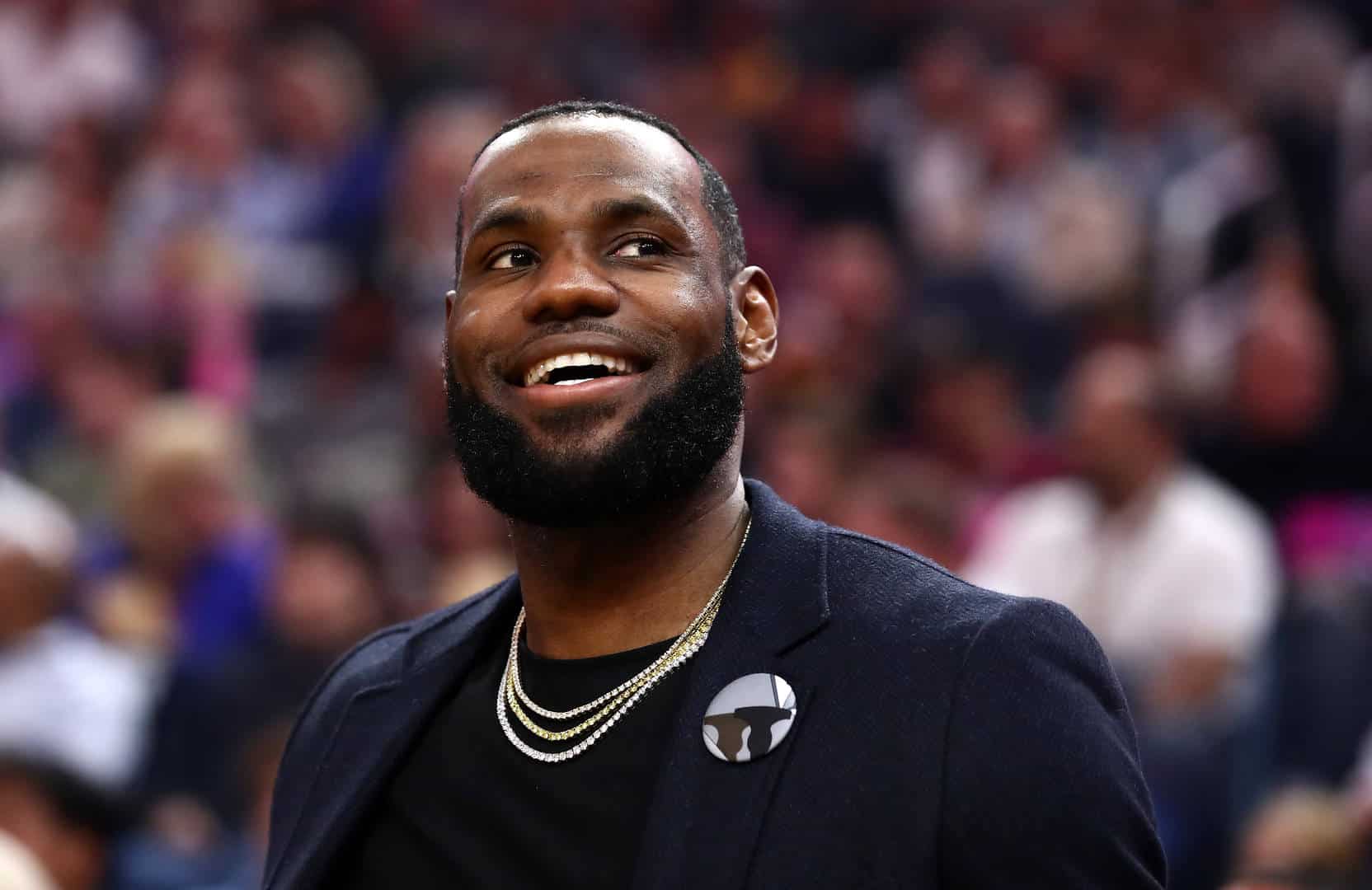
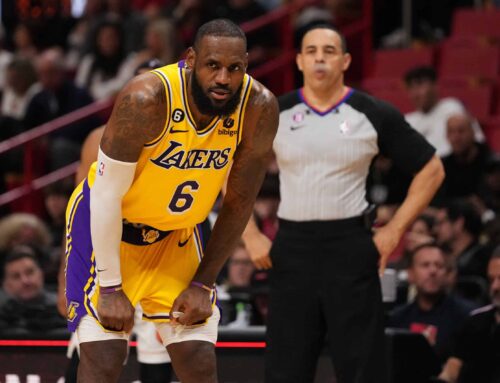
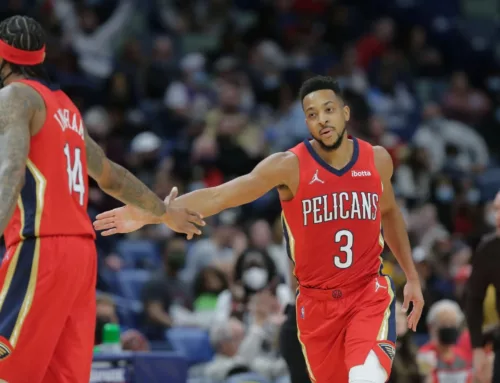
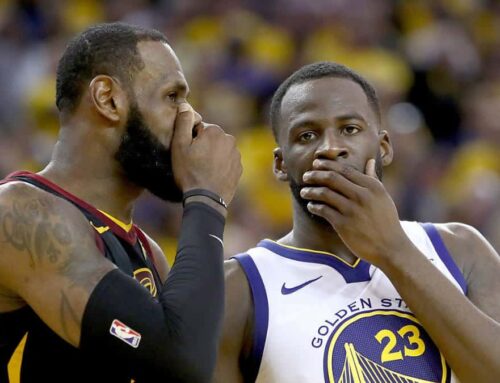
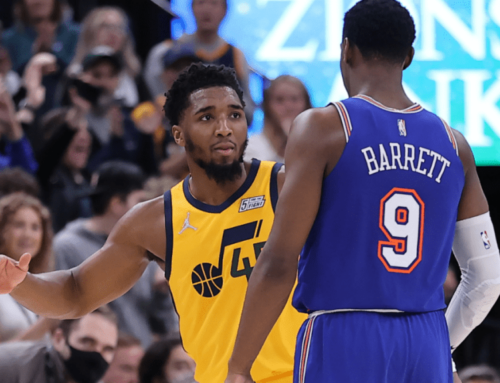
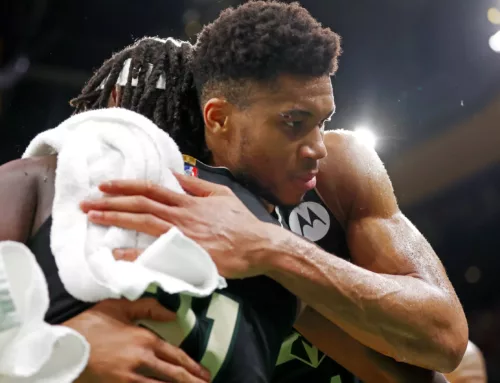
Leave A Comment